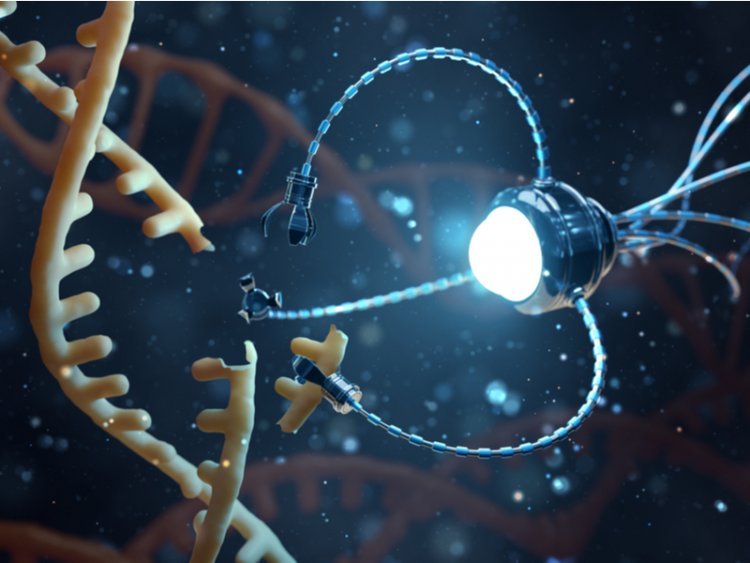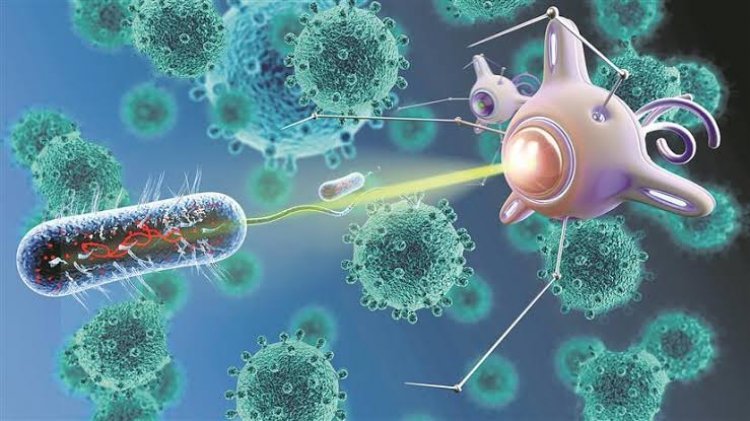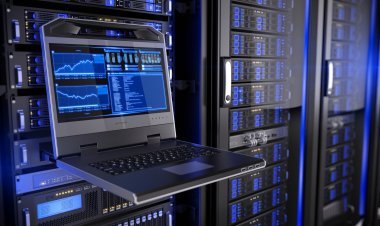Nanotechnology and medical science
Nanotechnology is the technology of the future that can make incredible changes in the aspect of medical science. Let's see how this technology is influencing the medical world.

NANOTECHNOLOGY AND MEDICAL SCIENCE
Nanotechnology in Surgery
The role of this technology is evident in its ability to develop miniature surgical tools. Another major grant is `Flesh Welding’ proposed by Rice University researchers in the US. It is a new technique of replacing old inept and infection-prone stitching methods after surgery. The trial of it was conducted on two chicken pieces that were juxtaposed, touching each other. A liquid with gold-coated was percolated along the trench and an infrared laser was traced along the seam which causes the fusion of two sides together.
Nanonephrology

It is the branch of nanotechnology that uses nanomaterials and devices for the diagnosis, therapy, and treatment of kidney diseases. Thus it deals with studying the protein structure of the kidney at the atomic level and cellular process. Also facilitates treatments using nanoparticles. Nanorobots and nanoscale artificial kidneys are the upcoming projects related to nanotechnology.
Nanotechnology in Arthroscope

Pencil-sized devices with lights and cameras used to perform small incision surgeries are called arthroscopes. With the advancement of nanotechnology, these devices can be minimized to a much smaller level. In fact, these devices will become smaller than a strand of hair that can incite even more small incisions thereby bestowing fast healing.
Nanotechnology in Cancer Treatment
Normally surgeries, chemotherapy, and radiation treatment are the antidotes given for cancer patients that can cause vulnerable side effects. But by the application of nanotechnology, these side effects can be completely blotted out. If cancer-detecting nanoparticles with anti-cancer drugs are injected into the infected body. They can attack the cancer cells by figuring out their exact location, thus mitigating damage to healthy nearby tissues and organs.
Neuroelectronic nano-devices
Neuroelectronics is the field of study that deals with the bonding of neurons in the nervous system with electronic devices. Thus, it permits the linkage of the nervous system to the computer system. The external computer detects and controls the nerve impulse by creating a molecular structure. These computers are capable of interpreting, record and respond to the body signals when the human body feels sensations. The breakthrough of these neuroelectronic nanodevices strikes differently with their potential to detect diseases related to the nervous system.
Cell Repair Machines

Repairing damaged cells can be naturally rectified by our body itself. This is done by the molecular machines in our body that are naturally placed. With nanotechnology, these molecular machines can be built and assemble. These nanodevices are able to enter cells and make modifications in cells. Their work is controlled by nanocomputers. Working from one cell to another cell, the whole organ can be repaired.
Hopefully, we can wait for a future where every fatal ailment can be rectified by this amusing technology.

















